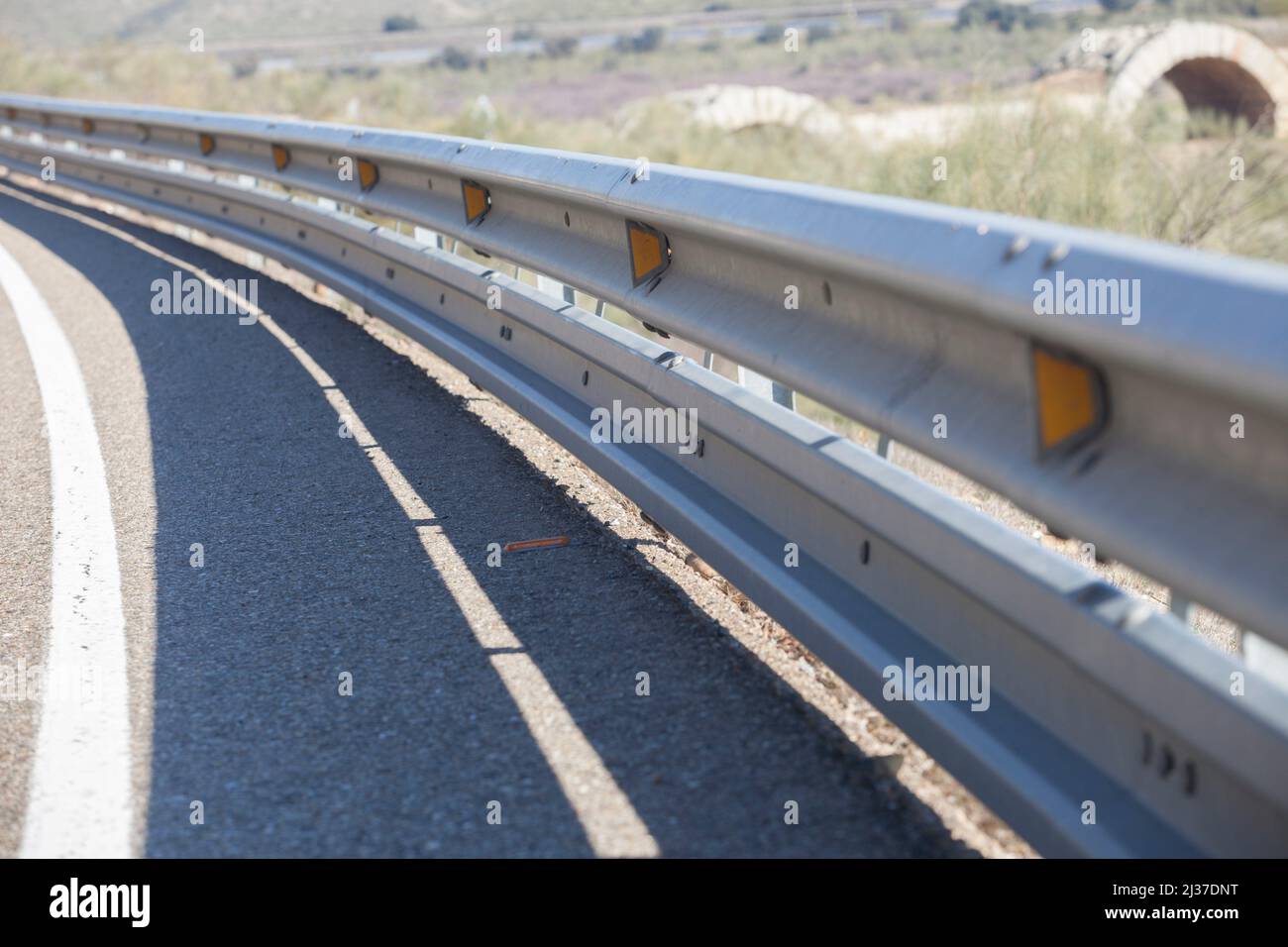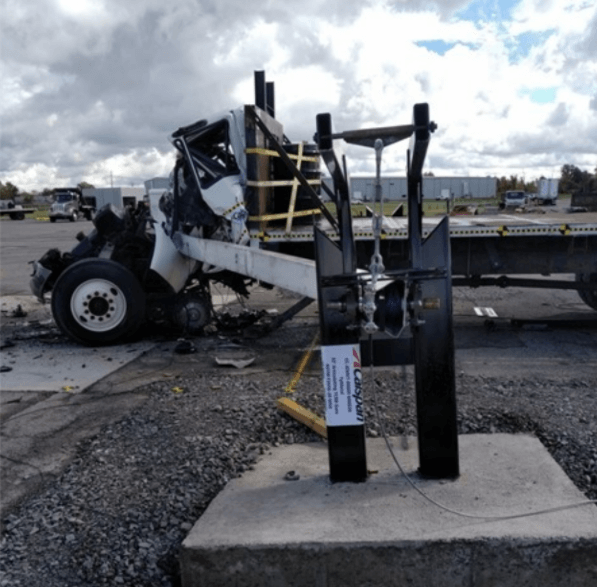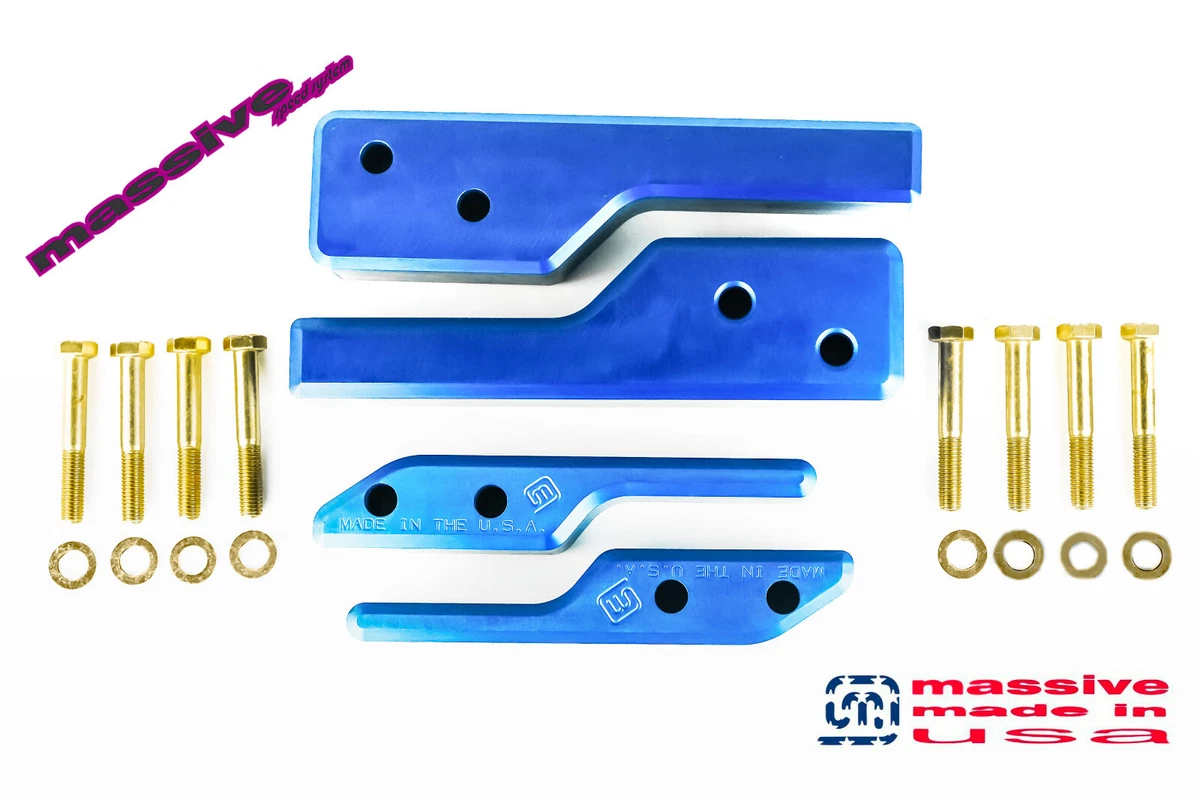Crash Beams for Dummies
Table of ContentsCrash Beams for BeginnersThe Single Strategy To Use For Crash BeamsThe Best Guide To Crash BeamsA Biased View of Crash BeamsAll about Crash Beams
High beams profit chauffeurs on dark roads during the night and at other times when it is difficult to see (Crash Beams). Incorrect high light beam usage might be hazardous. In Ontario, there are legislations to specify correct usage of high light beams to assist stay clear of threats that can lead to a serious collisionNonetheless, making use of good sense, you can use your high beam of lights safely even if you are uncertain of the distance. For example: When you adhere to another car, transform your high beams off. Dim your high beams when you see the fronts lights of approaching website traffic, Reduced your high beams when increasing a hillside Improper high light beam usage produces hazards for chauffeurs in oncoming vehicles and the vehicle drivers who improperly use them.
In this scenario, drivers are most likely to collapse right into various other vehicles. Vehicle drivers might additionally miss other things or dangers in the roadway. Abuse of high beams might also trigger vehicle drivers to misjudge: Just how much distance they need to brake chauffeurs in this situation might be unable to stop in time to avoid a crash.
Irritability can rapidly escalate into more harmful behavior. All motorists owe a duty of treatment to avoid harm to others. Each instance is different.
The Of Crash Beams

, where a looming crane has been brought in, and a huge number of team vehicles and automobiles are blocking the roadway. Some automobiles cope much better than others with extra severe side accidents
, indicating that there is still room space more even more. Side air bags, which today are typical on a lot of new guest lorries, are created to maintain individuals from colliding with the within of the car and with items outside the lorry in a side collision.

To fill this gap, we initiated our very own examination with a various obstacle one with the height and form of the front end of a common SUV or pick-up at the time (Crash Beams). NHTSA barrier, received yellow, superimposed over the taller barrier utilized in the initial IIHS test In 2021, IIHS overhauled its test with an extra serious crash and a much more reasonable striking obstacle
Crash Beams for Dummies
It is better to the ground and much shorter than the original IIHS obstacle yet still greater than the NHTSA obstacle. Updated (left) and original IIHS side examination barriers In our initial test, a 3,300-pound barrier with the approximate height of an SUV hit the driver side of the car at 31 miles per hour.
As an outcome of these changes, the new test involves 82 percent more energy than the initial test. The honeycomb surface area of the barrier in the 2nd test is also different. Like real SUVs and pick-ups, the new obstacle tends to flex around the B-pillar between the vehicle driver and rear traveler doors.
The owner room can be jeopardized in this manner also if the lorry has a solid B-pillar. In both tests, 2 SID-IIs dummies representing little (5th percentile) ladies or 12-year-old youngsters are positioned in the driver seat and the back seat behind the vehicle driver. IIHS was the very first in the United States to utilize this smaller dummy in an examination for consumer details.
Shorter chauffeurs have a higher opportunity of having their heads come into contact with the check over here front end of the striking car in a left-side crash. Designers consider three elements to figure out side rankings: motorist and traveler injury procedures, head protection and architectural efficiency. Injury actions from the two dummies are utilized to figure out the chance that occupants would certainly endure significant injuries in a real-world crash.
The Best Strategy To Use For Crash Beams

To load this gap, we started our own test with a different obstacle one with the elevation and form of the front end of a regular SUV or pickup at the time. NHTSA obstacle, received yellow, superimposed over the taller barrier utilized in the initial IIHS test In 2021, IIHS overhauled its examination with a more extreme accident and a much more practical striking obstacle.
It is closer to the ground and much shorter than the original IIHS obstacle yet still higher than the NHTSA obstacle. Updated (left) and original IIHS side examination obstacles In our original examination, a 3,300-pound obstacle with the approximate elevation of an SUV struck the motorist side of the automobile at 31 mph.
As an outcome of these changes, the brand-new test entails 82 percent extra energy than the original examination. The honeycomb surface Read Full Report area of the obstacle in the 2nd examination is additionally various. Like genuine SUVs and pick-ups, the new barrier has a tendency to bend around the B-pillar between the motorist and back traveler doors.
An Unbiased View of Crash Beams
The passenger space can be jeopardized in this manner also if the car has a strong B-pillar. In both tests, 2 SID-IIs dummies standing for small (5th percentile) women or 12-year-old youngsters are placed in the chauffeur seat and the rear seat behind the vehicle driver. IIHS was the very first in the USA to utilize this smaller sized dummy in an examination for customer information.
Shorter drivers have a better possibility of having their heads come right into contact with the front end of the striking automobile in a left-side collision. Engineers consider three elements to determine side ratings: chauffeur and passenger injury steps, head defense and structural performance. Injury measures from the 2 dummies are utilized to figure out the probability that residents would suffer substantial injuries in a real-world collision.
If the car has air bags and they do appropriately, the paint should finish up on them. In situations in which the barrier strikes a dummy's head during influence, the dummy normally videotapes extremely high injury Click This Link actions. That could not be real, nevertheless, with a "near miss out on" or a grazing contact.